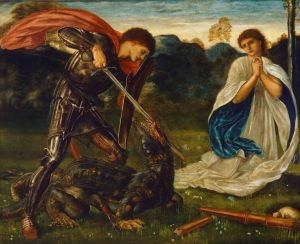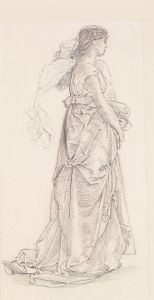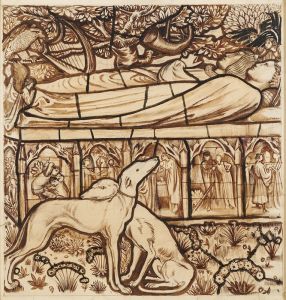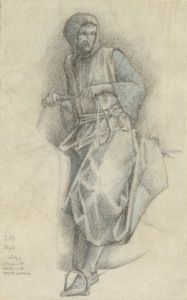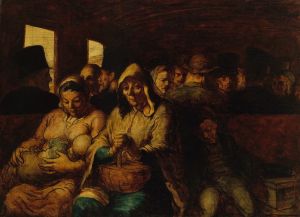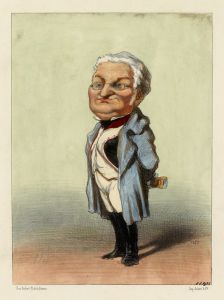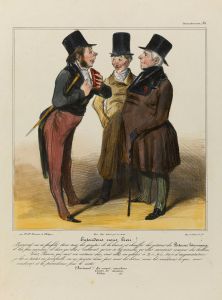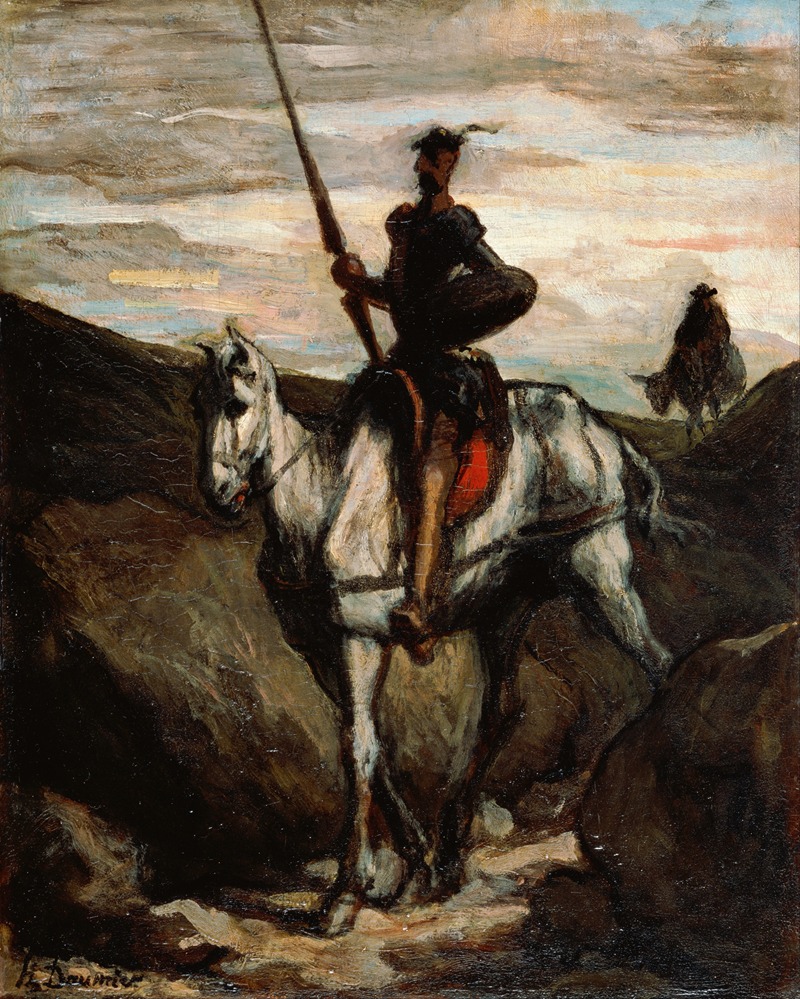
Don Quixote in the Mountains
A hand-painted replica of Honoré Daumier’s masterpiece Don Quixote in the Mountains, meticulously crafted by professional artists to capture the true essence of the original. Each piece is created with museum-quality canvas and rare mineral pigments, carefully painted by experienced artists with delicate brushstrokes and rich, layered colors to perfectly recreate the texture of the original artwork. Unlike machine-printed reproductions, this hand-painted version brings the painting to life, infused with the artist’s emotions and skill in every stroke. Whether for personal collection or home decoration, it instantly elevates the artistic atmosphere of any space.
Honoré Daumier, a prominent French printmaker, caricaturist, painter, and sculptor, is renowned for his keen observations of social and political life in 19th-century France. Among his diverse body of work, "Don Quixote in the Mountains" stands out as a significant piece that reflects his interest in literature and his ability to capture the essence of characters through his artistic lens.
"Don Quixote in the Mountains" is one of several works by Daumier that depict the iconic character Don Quixote, the protagonist of the celebrated novel "Don Quixote" by Miguel de Cervantes. This novel, first published in the early 17th century, tells the story of a delusional nobleman who, inspired by chivalric romances, sets out on a quest to revive knighthood and bring justice to the world, accompanied by his loyal squire, Sancho Panza.
Daumier's interpretation of Don Quixote is notable for its emphasis on the character's idealism and the often absurd nature of his quests. In "Don Quixote in the Mountains," Daumier captures the solitary figure of the knight-errant amidst a rugged landscape. The painting is characterized by its dramatic use of light and shadow, which highlights the isolation and determination of Don Quixote as he navigates the mountainous terrain. This portrayal aligns with Daumier's broader artistic style, which often employed bold contrasts and expressive forms to convey the emotional and psychological depth of his subjects.
The choice of Don Quixote as a subject reflects Daumier's interest in themes of idealism, folly, and the human condition. Through his depiction of the character, Daumier explores the tension between reality and illusion, a central theme in Cervantes' novel. The painting can be seen as a commentary on the persistence of dreams and the resilience of the human spirit, even in the face of insurmountable odds.
Daumier's work on Don Quixote was part of a larger trend in 19th-century art and literature, where the character was frequently revisited by artists and writers who found resonance in his quixotic adventures. The figure of Don Quixote became a symbol of the struggle between idealism and practicality, a theme that was particularly relevant during a time of significant social and political change in Europe.
"Don Quixote in the Mountains" is a testament to Daumier's skill as an artist and his ability to infuse his work with both humor and pathos. His portrayal of Don Quixote is both sympathetic and critical, capturing the complexity of a character who is at once noble and misguided. Through this painting, Daumier invites viewers to reflect on their own ideals and the ways in which they navigate the often harsh realities of the world.
While Daumier is perhaps best known for his satirical lithographs that critiqued the politics and society of his time, his paintings, including "Don Quixote in the Mountains," reveal a different aspect of his artistic vision. These works demonstrate his ability to engage with timeless literary themes and to express profound insights into the human experience through his art.





